Nori Porcine TLR9 ELISA Kit
$508.00 – $916.00
This ELISA kit is for quantification of TLR9 in pig. This is a quick ELISA assay that reduces time to 50% compared to the conventional method, and the entire assay only takes 3 hours. This assay employs the quantitative sandwich enzyme immunoassay technique and uses biotin-streptavidin chemistry to improve the performance of the assays. An antibody specific for TLR9 has been pre-coated onto a microplate. Standards and samples are pipetted into the wells and any TLR9 present is bound by the immobilized antibody. After washing away any unbound substances, a detection antibody specific for TLR9 is added to the wells. Following wash to remove any unbound antibody reagent, a detection reagent is added. After intensive wash a substrate solution is added to the wells and color develops in proportion to the amount of TLR9 bound in the initial step. The color development is stopped, and the intensity of the color is measured.
Alternative names for TLR9: Toll-like receptor 9
This product is for laboratory research use only not for diagnostic and therapeutic purposes or any other purposes.
- Description
- How Elisa Works
- Product Citations
- Reviews (0)
Description
Nori Porcine TLR9 ELISA Kit Summary
Alternative names for TLR9: Toll-like receptor 9
Alternative names for porcine: pig, swine
| Assay Type | Solid Phase Sandwich ELISA |
| Format | 96-well Microplate or 96-Well Strip Microplate |
| Method of Detection | Colorimetric |
| Number of Targets Detected | 1 |
| Target Antigen Accession Number | Q5I2M3 |
| Assay Length | 3 hours |
| Quantitative/Semiquantitative | Quantitative |
| Sample Type | Plasma, Serum, Cell Culture, Urine, Cell/Tissue Lysates, Synovial Fluid, BAL, |
| Recommended Sample Dilution (Plasma/Serum) | No dilution for sample <ULOQ; sufficient dilution for samples >ULOQ |
| Sensitivity | 25 pg/mL |
| Detection Range | 125-8000 pg/mL |
| Specificity | Porcine TLR9 |
| Cross-Reactivity | < 0.5% cross-reactivity observed with available related molecules, < 50% cross-species reactivity observed with species tested. |
| Interference | No significant interference observed with available related molecules |
| Storage/Stability | 4 ºC for up to 6 months |
| Usage | For Laboratory Research Use Only. Not for diagnostic or therapeutic use. |
| Additional Notes | The kit allows for use in multiple experiments. |
Standard Curve
Kit Components
1. Pre-coated 96-well Microplate
2. Biotinylated Detection Antibody
3. Streptavidin-HRP Conjugate
4. Lyophilized Standards
5. TMB One-Step Substrate
6. Stop Solution
7. 20 x PBS
8. Assay Buffer
Other Materials Required but not Provided:
1. Microplate Reader capable of measuring absorption at 450 nm
2. Log-log graph paper or computer and software for ELISA data analysis
3. Precision pipettes (1-1000 µl)
4. Multi-channel pipettes (300 µl)
5. Distilled or deionized water
Protocol Outline
1. Prepare all reagents, samples and standards as instructed in the datasheet.
2. Add 100 µl of Standard or samples to each well and incubate 1 h at RT.
3. Add 100 µl of Working Detection Antibody to each well and incubate 1 h at RT.
4. Add 100 µl of Working Streptavidin-HRP to each well and incubate 20 min at RT.
5. Add 100 µl of Substrate to each well and incubate 5-30 min at RT.
6. Add 50 µl of Stop Solution to each well and read at 450 nm immediately.
Background:
Toll-like receptor 9 (TLR9) has also been designated as CD289. TLR9 is a member of the toll-like receptor (TLR) family which plays a fundamental role in pathogen recognition and activation of innate immunity (1). TLRs are named for the high degree of conservation in structure and function seen between mammalian TLRs and the Drosophila transmembrane protein Toll. TLRs are transmembrane proteins, expressed on the cell surface and the endocytic compartment and recognize pathogen-associated molecular patterns (PAMPs) that are expressed on infectious agents and initiate signaling to induce production of cytokines necessary for the innate immunity and subsequent adaptive immunity. The various TLRs exhibit different patterns of expression. This gene is preferentially expressed in immune cell rich tissues, such as spleen, lymph node, bone marrow and peripheral blood leukocytes. Studies in mice and human indicate that this receptor mediates cellular response to unmethylated CpG dinucleotides in bacterial DNA to mount an innate immune response (2). TLR9 recognizes unmethylated CpG sequences in DNA molecules. CpG sites are relatively rare (~1%) on vertebrate genomes in comparison to bacterial genomes or viral DNA. TLR9 is expressed by numerous cells of the immune system such as dendritic cells, B lymphocytes, monocytes and natural killer (NK) cells. TLR9 is expressed intracellularly, within the endosomal compartments and functions to alert the immune system of viral and bacterial infections by binding to DNA rich in CpG motifs. TLR9 signals leads to activation of the cells initiating pro-inflammatory reactions that result in the production of cytokines such as type-I interferon and IL-12. There are new immunomodulatory treatments undergoing testing which involve the administration of artificial DNA oligonucleotides containing the CpG motif. CpG DNA has applications in treating allergies such as asthma (3), immune stimulation against cancer (4), immune stimulation against pathogens, and as adjuvants in vaccines (5). TLR9 has been shown to interact with RNF216 (6).
References
-
- Du X, et al. Eur Cytokine Netw 11 (3): 362–71.
- Entrez Gene: TLR9 toll-like receptor 9.
- Kline JN. Proc Am Thorac Soc 4 (3): 283–8.
- Thompson JA, et al. Journal of Clinical Oncology, 2004 ASCO Annual Meeting Proceedings (Post-Meeting Edition) 22 (14S).
- Klinman DM. Int. Rev. Immunol. 25 (3-4): 135–54.
- Chuang TH and Ulevitch RJ. Nat. Immunol. 5 (5): 495–502
Product Citations
Be the first to review “Nori Porcine TLR9 ELISA Kit”
You must be logged in to post a review.
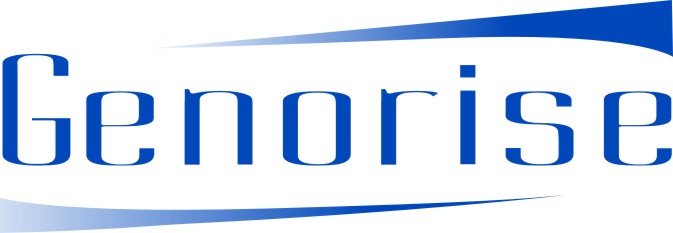

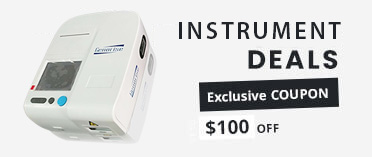
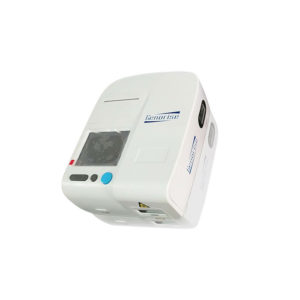
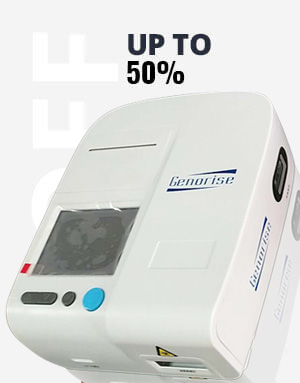


















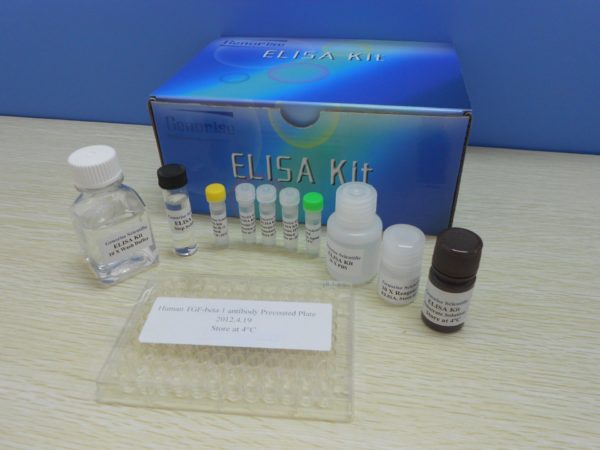
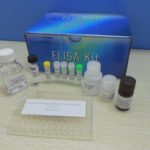

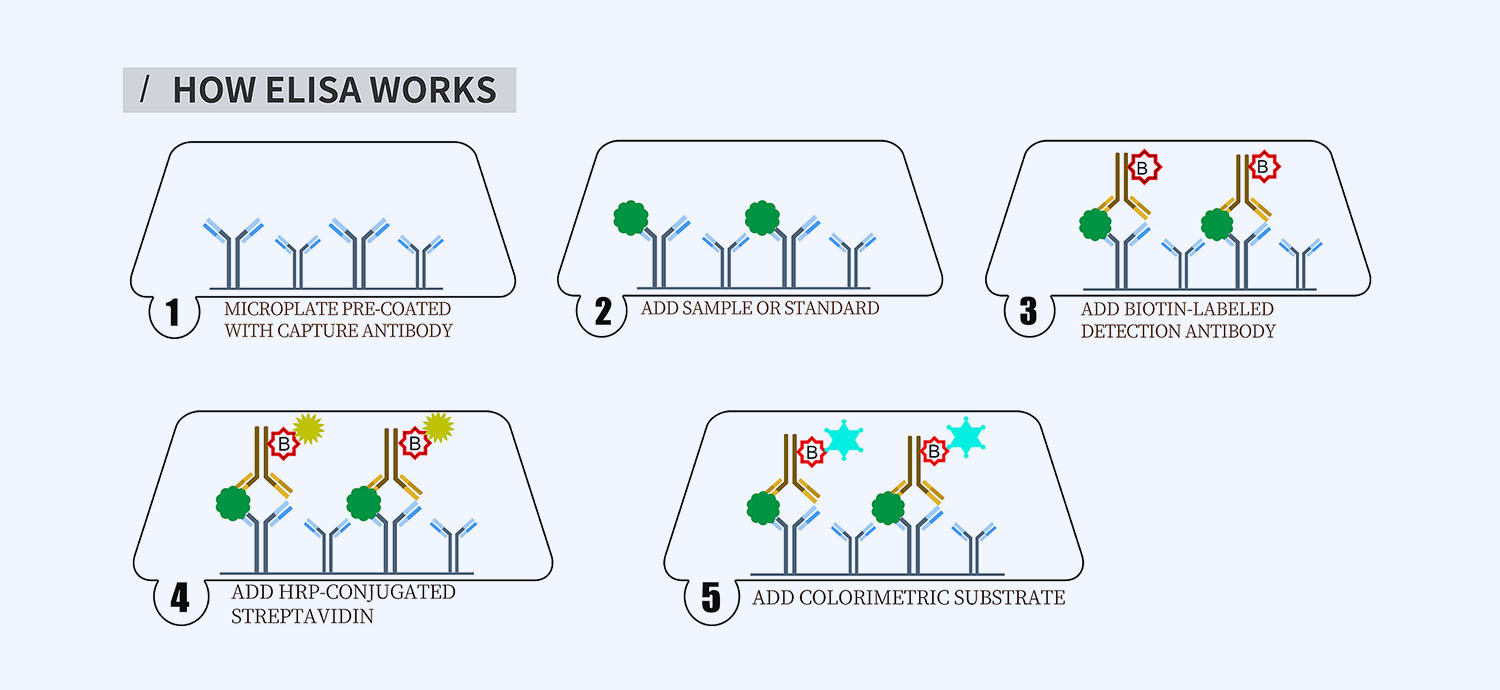
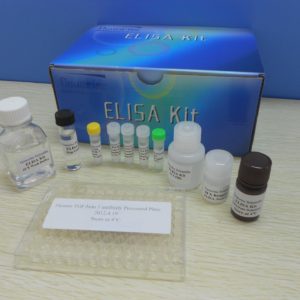
Reviews
There are no reviews yet.